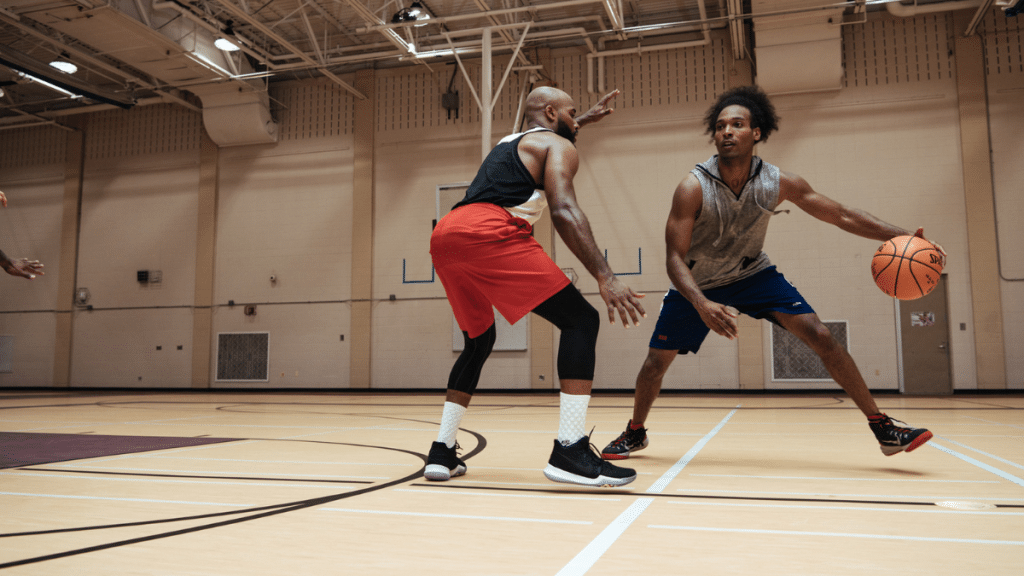Whether you’re an aspiring athlete, a seasoned player, or someone looking for the perfect venue for a friendly match, choosing the right indoor basketball court is essential. The quality of the court can impact your performance, safety, and overall experience. Here’s what you need to consider when selecting a Dream Courts’ Indoor Basketball Court for training and games.
Flooring Material
The type of flooring is one of the most crucial aspects of an indoor basketball court. The best courts typically have high-quality wood flooring, such as maple, which offers excellent bounce and grip. Other options include synthetic surfaces like polyurethane or vinyl, which can provide good durability and shock absorption but may not offer the same level of responsiveness as wood.
- Hardwood (Maple): Best for professional games, smooth surface with ideal traction.
- Synthetic Flooring: Durable and low maintenance, suitable for recreational play.
- Rubber Flooring: Common for multi-purpose gyms but may not offer the best ball bounce.
Court Size and Layout
Make sure the court dimensions meet the standards for your intended use. Regulation basketball courts are 94 feet long and 50 feet wide, but for local training or recreational play, you may find smaller variations. Ensure there is adequate space around the court for warm-ups, seating, and safety.
Hoop and Backboard Quality
The basketball hoops and backboards should meet professional standards if you’re serious about training. Look for:
- Tempered glass backboards: Provide the best ball response.
- Adjustable hoops: Ideal for younger players or different training levels.
- Breakaway rims: Reduce injury risks and improve dunking experience.
Lighting and Visibility
A well-lit court is essential for accurate shooting and injury prevention. Look for venues with high-quality LED lighting that eliminates shadows and glare. If the court has natural lighting, ensure it does not cause visual obstructions during gameplay.
Ventilation and Temperature Control
Indoor courts can get hot and humid, impacting comfort and performance. Check if the facility has air conditioning, proper ventilation, or climate control systems to maintain an optimal playing environment.
Availability and Accessibility
Consider the location of the court and how easily you can access it. Facilities with flexible booking options, ample parking, and good transport links make it easier to maintain a consistent training routine.
Additional Amenities
Look for additional features that enhance your playing experience:
- Locker rooms and showers
- Spectator seating
- Equipment rentals
- On-site trainers or coaching staff
Cost and Membership Options
Compare pricing structures, including hourly rates, membership plans, and package deals. If you plan on training regularly, a membership or long-term rental option may be more cost-effective.
Conclusion
Selecting the right indoor basketball court requires careful consideration of flooring, equipment, lighting, ventilation, and accessibility. Whether you’re training for competitions or just playing for fun, investing time in finding the right facility will enhance your experience and performance. Prioritize comfort, safety, and practicality to make the best choice for your needs.
